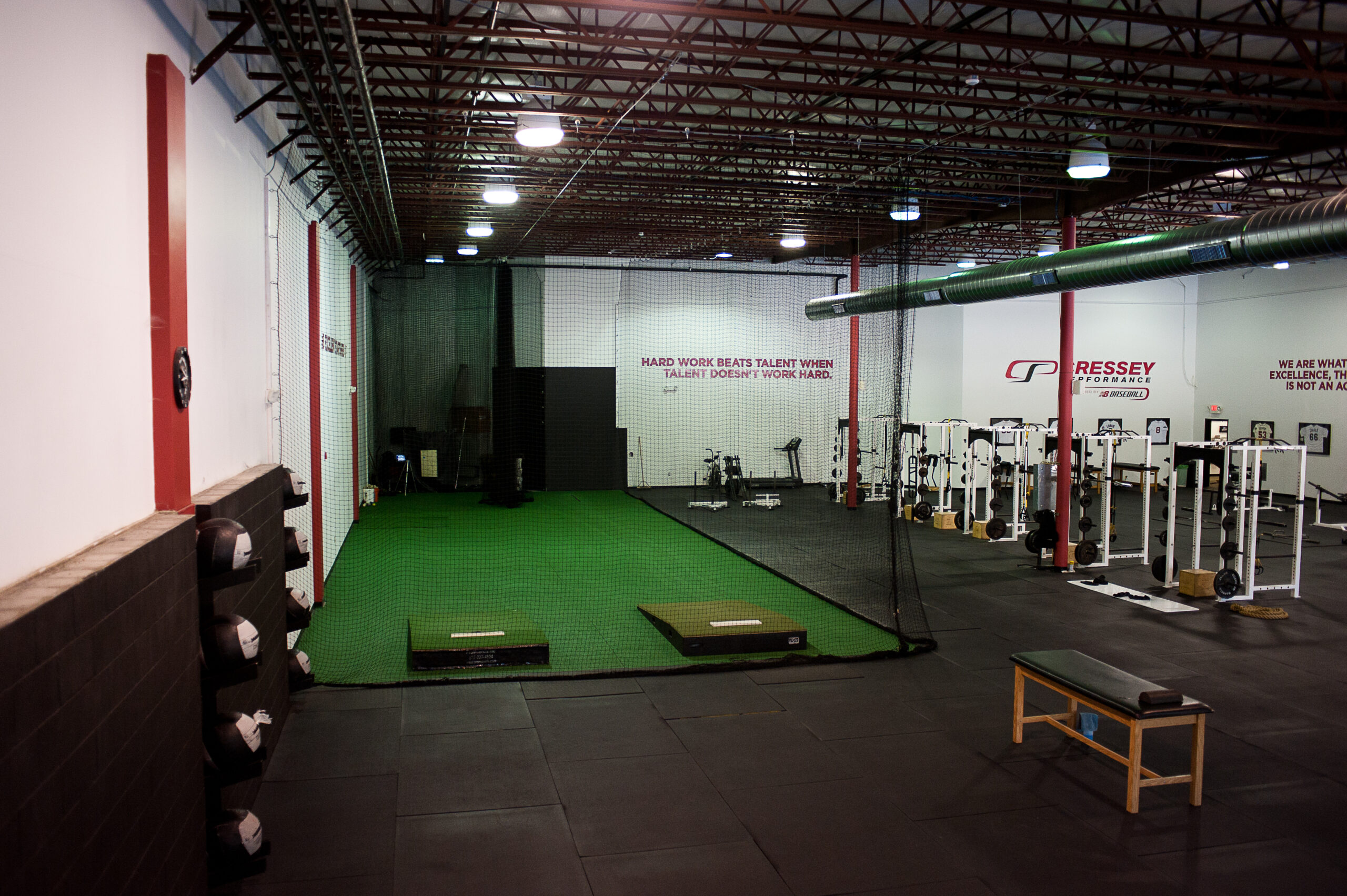
“Coil” in the Pitching Delivery: Friend or Foe?
I came across this awesome still-frame of Nationals pitcher Patrick Corbin on the Nationals instagram the other day. This positioning at the top of his leg lift offers an important reminder of how the transverse plane can be your biggest ally or enemy in the pitching delivery.
As you can see, Corbin has some “coil” to his leg lift, which creates more internal rotation on the trailing hip right as he starts to progress into his hip load (hinge/flexion). This pre-tensioning allows him to store a little extra elastic energy as he heads down the mound toward front foot plant. It also can provide a bit more deception to make the hitter’s job more challenging. And, perhaps most importantly, it sets up more of a “sweeping” slider, similar to what we see with pitchers like Chris Sale and Steve Cishek. All good, right?
Well, the challenge is that being this rotational can also give some athletes problems. It’s a slightly more high maintenance delivery because you have to take all that transverse (rotational) motion and convert it into a more linear motion at ball release so that you are getting through the baseball, not just around it. And, if you can’t stop this rotation at the hips, it gets transferred up to the spine. This is where optimizing strength, mobility, and timing of the lead hip is essential: it’s a torque converter (rotational to linear).
Understanding this should make you realize that just coaching knee extension on the front leg isn’t a useful strategy; it ignores the hip. And, just calling it lead leg blocking is insufficient, as “blocking” doesn’t appreciate the rotational component that the lead hip can take on. That’s why we talk a lot about “front hip pull-back” and select exercises that challenge it to accept forces in all three planes of motion.


